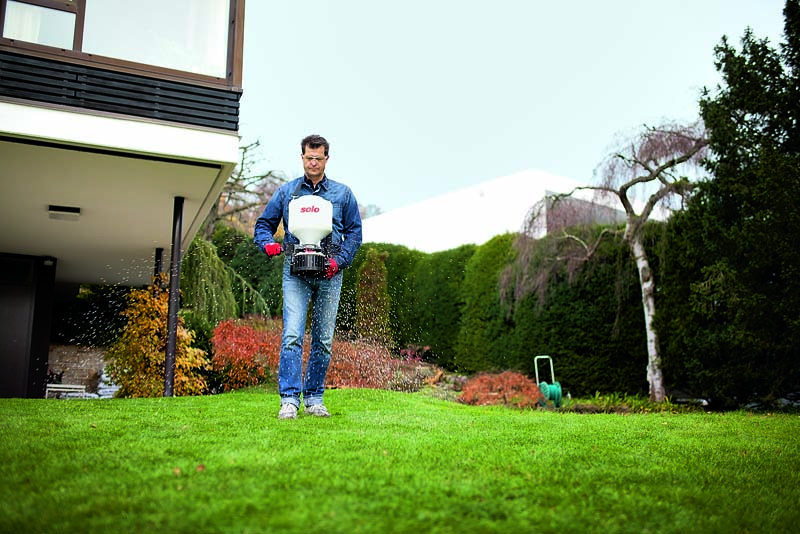
Heat, foot traffic, and lack of water take a toll on your lawn. If you find yourself with thin patches of grass, you should consider overseeding.
Overseeding is the process of planting grass seeds onto existing turf without destroying it. Your geographic location and grass type will determine what time of year you need to overseed, but fall and spring are usually the best times to overseed. Early fall is ideal for overseeding if you live in the North. Overseeding in late spring or early summer is best if you live in the South.
How to Overseed Your Lawn?
Overseeding rejuvenates tired lawns and is key to maintaining lush grass. Before you begin the overseeding process, you will need to do a soil test to determine if your soil is lacking any essential nutrients. You can take soil to your local cooperative extension, or you can purchase a soil kit. Once your soil is at the desired pH for the grass seed you intend to sow, you can begin the overseeding process:
Step 1: Mow your lawn
The first step in the overseeding process is to mow your lawn. Set your lawnmower lower than average, so that your grass is shorter. Shorter grass makes it easier for seeds to take root.
Step 2: Dethatch and pick up clippings
Thatch is the layer of dead grass and organic material on top of your soil. Dethatch with a thatch rake to allow seeds to take root. Depending on how much thatch is in your yard, you might need to use a power rake.
Step 3: Water & Aerate your lawn
Aeration is the process of perforating small holes into compacted soil to allow in water, nutrients, and air. Before aeration, you should water your lawn deeply to help pull deeper soil cores. You have the option to aerate manually or with power equipment.
Step 4: Spread seed
After aeration, you’re now ready to spread your grass seed. There are several ways to spread seed. If you’re covering a small area or the sides of flower beds, you can use your hand to spread seed evenly. A spreader, which is typically used to spread salt in the winter, is an excellent tool for overseeding because of its ability to spread seed evenly.
There are a variety of spreaders you can use to spread seed. When choosing a spreader, consider the size and terrain of your lawn. Chest-mount spreaders are ideal for irregular or small yards.
After Overseeding
Remember to water your lawn as needed to keep the soil moist after overseeding. You might need to water your lawn daily for several weeks until your grass germinates.
Overall, overseeding is an excellent option for reinvigorating your lawn, without removing turf. You can have a lush and vibrant lawn by overseeding this fall.
Where to Buy?
You can purchase a 421 Spreader at the following places:
